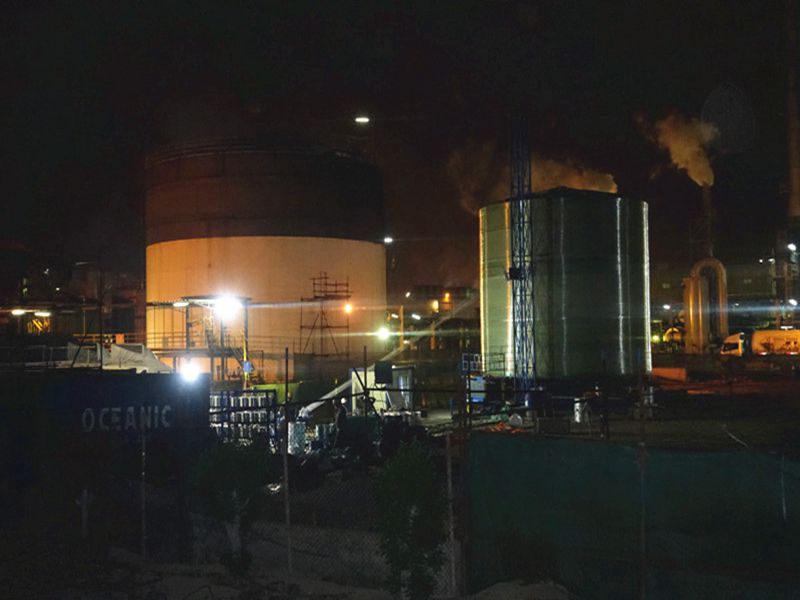
-
 Afrikaans
Afrikaans -
 Albanian
Albanian -
 Amharic
Amharic -
 Arabic
Arabic -
 Armenian
Armenian -
 Azerbaijani
Azerbaijani -
 Basque
Basque -
 Belarusian
Belarusian -
 Bengali
Bengali -
 Bosnian
Bosnian -
 Bulgarian
Bulgarian -
 Catalan
Catalan -
 Cebuano
Cebuano -
 China
China -
 China (Taiwan)
China (Taiwan) -
 Corsican
Corsican -
 Croatian
Croatian -
 Czech
Czech -
 Danish
Danish -
 Dutch
Dutch -
 English
English -
 Esperanto
Esperanto -
 Estonian
Estonian -
 Finnish
Finnish -
 French
French -
 Frisian
Frisian -
 Galician
Galician -
 Georgian
Georgian -
 German
German -
 Greek
Greek -
 Gujarati
Gujarati -
 Haitian Creole
Haitian Creole -
 hausa
hausa -
 hawaiian
hawaiian -
 Hebrew
Hebrew -
 Hindi
Hindi -
 Miao
Miao -
 Hungarian
Hungarian -
 Icelandic
Icelandic -
 igbo
igbo -
 Indonesian
Indonesian -
 irish
irish -
 Italian
Italian -
 Japanese
Japanese -
 Javanese
Javanese -
 Kannada
Kannada -
 kazakh
kazakh -
 Khmer
Khmer -
 Rwandese
Rwandese -
 Korean
Korean -
 Kurdish
Kurdish -
 Kyrgyz
Kyrgyz -
 Lao
Lao -
 Latin
Latin -
 Latvian
Latvian -
 Lithuanian
Lithuanian -
 Luxembourgish
Luxembourgish -
 Macedonian
Macedonian -
 Malgashi
Malgashi -
 Malay
Malay -
 Malayalam
Malayalam -
 Maltese
Maltese -
 Maori
Maori -
 Marathi
Marathi -
 Mongolian
Mongolian -
 Myanmar
Myanmar -
 Nepali
Nepali -
 Norwegian
Norwegian -
 Norwegian
Norwegian -
 Occitan
Occitan -
 Pashto
Pashto -
 Persian
Persian -
 Polish
Polish -
 Portuguese
Portuguese -
 Punjabi
Punjabi -
 Romanian
Romanian -
 Russian
Russian -
 Samoan
Samoan -
 Scottish Gaelic
Scottish Gaelic -
 Serbian
Serbian -
 Sesotho
Sesotho -
 Shona
Shona -
 Sindhi
Sindhi -
 Sinhala
Sinhala -
 Slovak
Slovak -
 Slovenian
Slovenian -
 Somali
Somali -
 Spanish
Spanish -
 Sundanese
Sundanese -
 Swahili
Swahili -
 Swedish
Swedish -
 Tagalog
Tagalog -
 Tajik
Tajik -
 Tamil
Tamil -
 Tatar
Tatar -
 Telugu
Telugu -
 Thai
Thai -
 Turkish
Turkish -
 Turkmen
Turkmen -
 Ukrainian
Ukrainian -
 Urdu
Urdu -
 Uighur
Uighur -
 Uzbek
Uzbek -
 Vietnamese
Vietnamese -
 Welsh
Welsh -
 Bantu
Bantu -
 Yiddish
Yiddish -
 Yoruba
Yoruba -
 Zulu
Zulu
corrosion resistant frp
Understanding Corrosion-Resistant FRP A Game Changer in Material Science
In the evolving landscape of material science and engineering, corrosion-resistant Fiber Reinforced Polymer (FRP) has emerged as a significant solution for various industries. With the increasing demands for durability and longevity in construction, transportation, and other engineering applications, the advantages of FRP materials are becoming more apparent.
What is FRP?
Fiber Reinforced Polymer (FRP) is a composite material made of a polymer matrix reinforced with fibers. These fibers can be glass, carbon, aramid, or other materials, depending on the specific application and desired properties. The polymer matrix binds the fibers together, providing structural integrity and resistance to environmental factors. FRP materials are lightweight, strong, and versatile, making them suitable for many applications where traditional materials might falter.
Corrosion Resistance The Key Advantage
One of the standout features of FRP is its excellent corrosion resistance. In environments where metal components are prone to rust and degradation—such as marine settings, chemical processing plants, and even infrastructure like bridges and tunnels—FRP offers a compelling alternative. Traditional materials, especially steel and aluminum, can succumb to corrosion due to exposure to moisture, chemicals, and other harsh conditions, leading to costly maintenance and replacements.
FRP, on the other hand, is inherently non-corrosive due to its polymeric base. The fibers embedded within the polymer further enhance its strength without adding weight, making FRP a robust choice for various applications. For instance, in the oil and gas industry, pipelines constructed from FRP can withstand aggressive chemical environments while significantly extending service life compared to their metal counterparts.
Applications of Corrosion-Resistant FRP
1. Construction and Infrastructure FRP materials are increasingly used in constructing beams, columns, and reinforcements for bridges and buildings. Their lightweight nature simplifies transportation and installation. Additionally, their corrosion resistance ensures a longer lifespan for structural components, reducing repair needs over time.
corrosion resistant frp

2. Marine Applications In shipbuilding and dock facilities, FRP is favored for its resilience to saltwater exposure. Smaller vessels utilize FRP for hulls, while larger installations leverage FRP in various structural elements, preventing the long-term degradation typically seen with metal components.
3. Chemical Processing In environments where corrosive substances are prevalent, FRP tanks, pipes, and fittings provide a safe and effective solution, reducing the risk of leaks and environmental hazards associated with corrosion.
4. Renewable Energy The wind energy sector has also embraced FRP composites for turbine blades, which require materials that can endure varying weather conditions without succumbing to degradation.
Sustainability and Economic Impact
The adoption of corrosion-resistant FRP materials not only contributes to enhanced safety and performance but also aligns with sustainability goals. By extending the useful lifespan of materials and reducing the frequency of replacements, FRP reduces waste and the energy required for manufacturing and transporting traditional materials. This lifecycle advantage allows industries to move towards more sustainable practices.
Moreover, although the initial cost of FRP products may be higher than traditional materials, the long-term savings gained through reduced maintenance and replacement costs make FRP a financially sound choice in many cases.
Conclusion
As industries continue to seek innovative solutions to combat corrosion and enhance durability, corrosion-resistant FRP materials stand out as a transformative option. With their unique combination of strength, lightweight nature, and resistance to environmental challenges, FRP is paving the way for advancements in construction, marine, chemical, and renewable energy applications. Embracing FRP technology represents not just a shift in materials but also a commitment to sustainability and efficiency in a rapidly changing world. This evolution underscores the importance of adopting modern materials that can withstand the test of time, ultimately leading to safer, more durable infrastructures for future generations.









